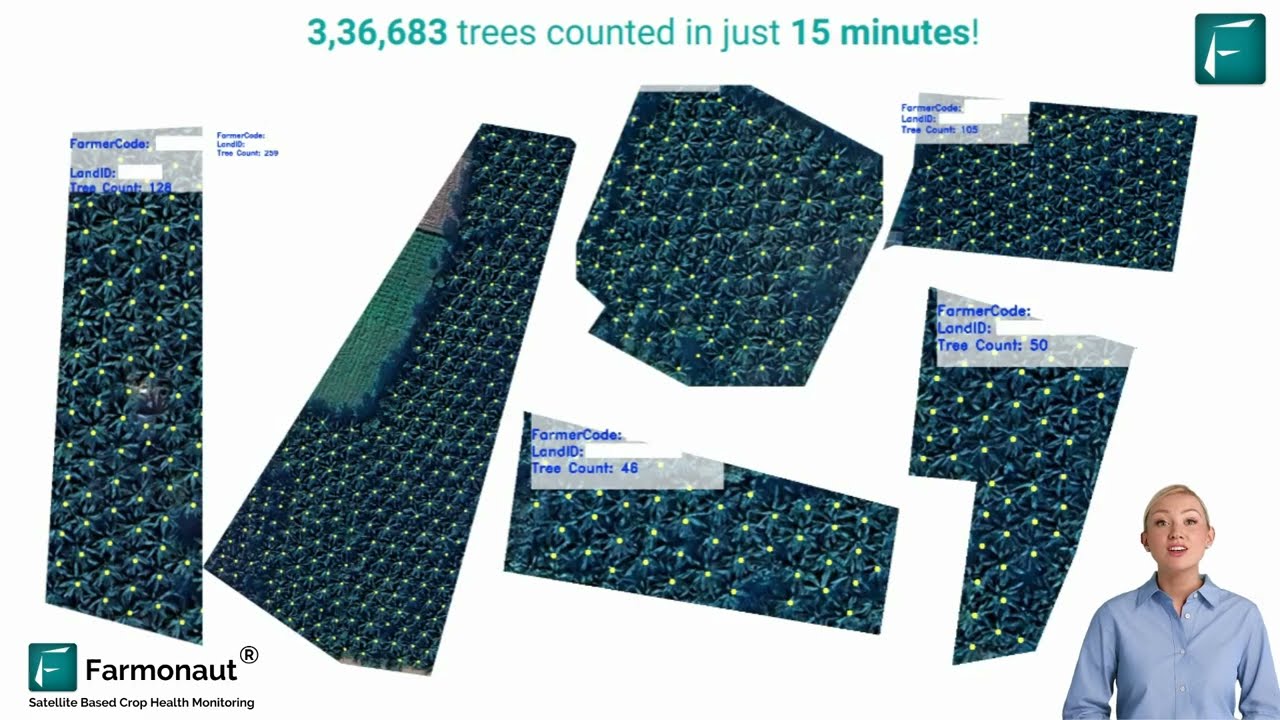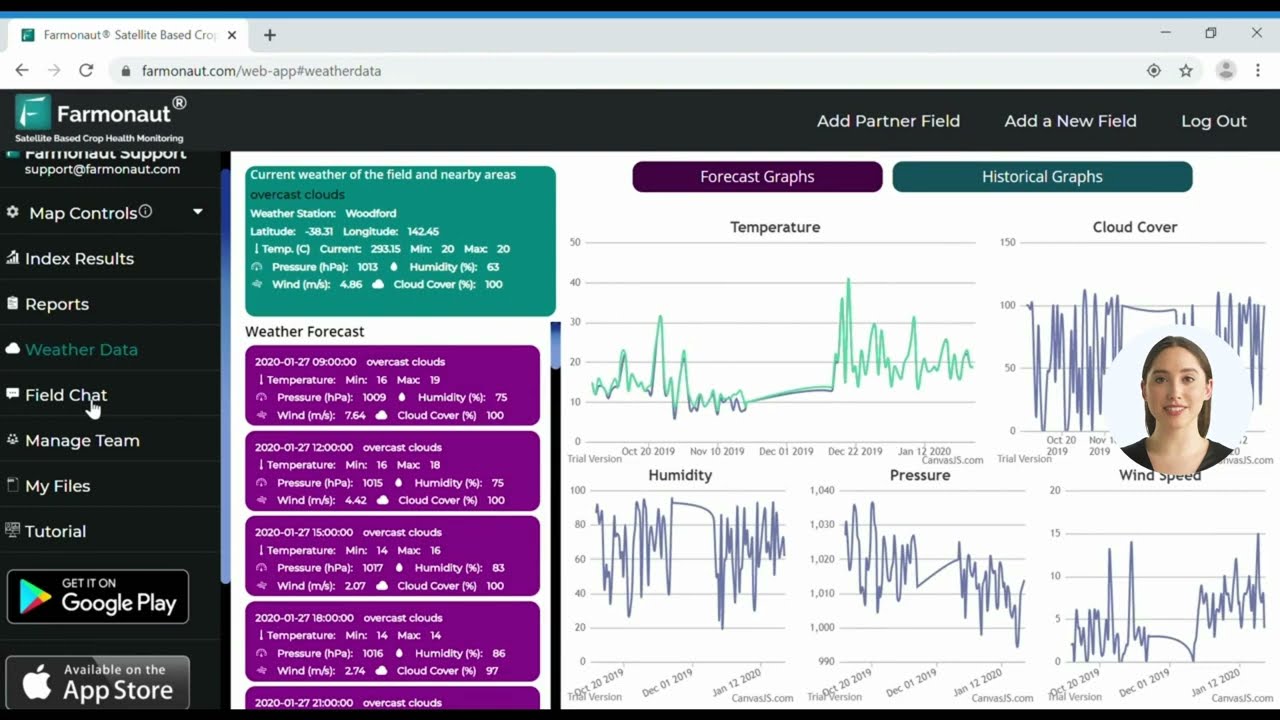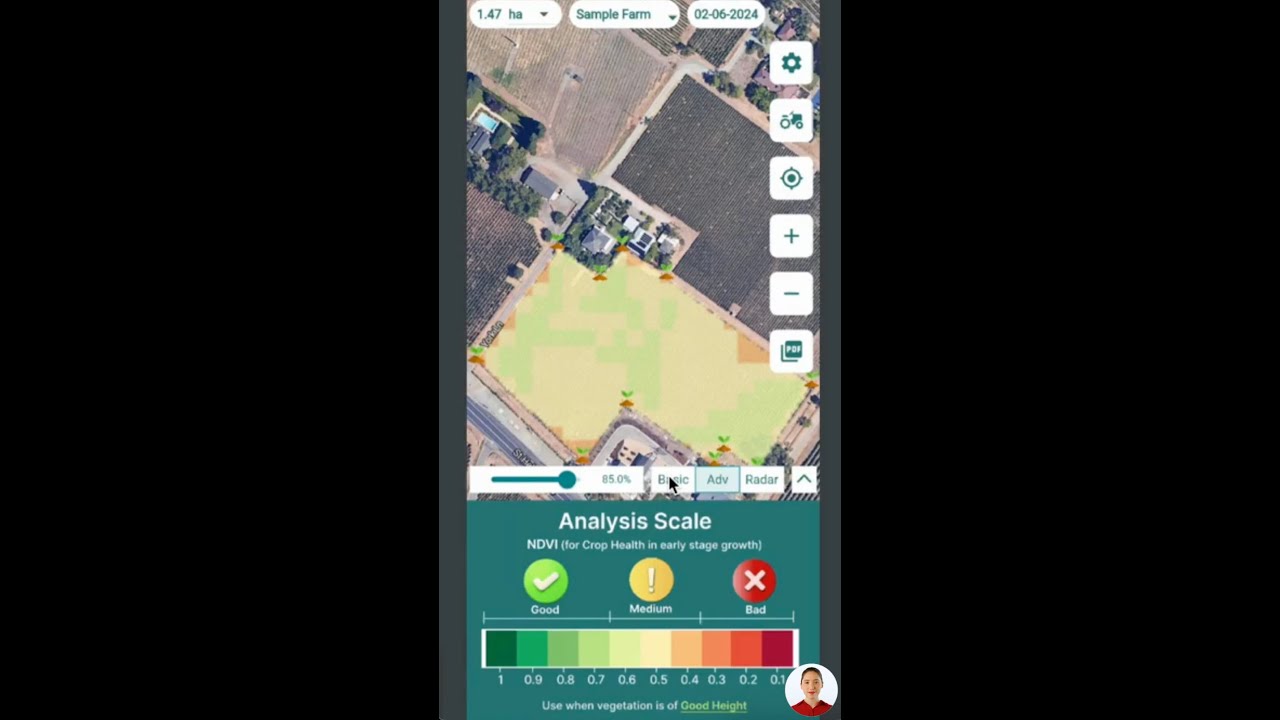Polymet Copper Nickel Mine, Twin Metals: 7 Clean Energy Impacts
November 2, 2025
Polymet Copper Nickel Mine, Twin Metals: 7 Clean Energy Impacts Shaping 2026 & Beyond
“Copper and nickel mining can supply up to 95% of the metals needed for clean energy technologies like EV batteries.”
Introduction
In 2026, the global drive toward clean energy has reached unprecedented momentum. At the heart of this shift, the Polymet copper nickel mine and the Twin Metals copper nickel mine in Minnesota stand as pillars of critical mineral extraction, serving not only the transition to renewable energy but also the ongoing technological revolution. These monumental projects, spearheading the supply of nickel rare earth metal resources, are crucial drivers in clean energy, advanced manufacturing, agriculture, environmental stewardship, and economic development. This blog explores seven distinct clean energy impacts of these projects, emphasizing why their evolution is pivotal for North America, and the broader global landscape, in 2026 and beyond.
Strategic Importance of Copper-Nickel Mining: The Foundation of Clean Energy
Copper and nickel are not just metals—they are the backbone of modern industry. Their roles in infrastructure, electric vehicle batteries, advanced electronics, and renewable energy platforms make them indispensable for any modern society eyeing a sustainable future.
- Copper’s superior electrical conductivity makes it indispensable for all renewable energy and telecommunications infrastructure.
- Nickel brings corrosion resistance and structural stability to batteries, stainless steel, and energy storage systems.
- Rare earth elements like neodymium and dysprosium, often found in these mining zones, are vital for magnets, advanced electronics, and defense technologies.
Developments like Polymet and Twin Metals are particularly significant because they provide domestic sources for these critical minerals, lessening the strategic vulnerabilities associated with international supply chains. This is crucial as global demand for clean energy and technology metals continues its upward trajectory.

The Polymet & Twin Metals Project Overview
Let’s zoom in on the geographic, environmental, and strategic context of these projects:
- Polymet copper nickel mine: Located near the Mesabi Iron Range in northern Minnesota, this site is rich in copper, nickel, and associated rare earth elements. Its development focuses on extracting and processing these critical minerals to support regional and national supply chains.
- Twin Metals copper nickel mine: Proposed for an area near the Boundary Waters Canoe Area Wilderness (BWCAW), this project exemplifies the tension between development and environmental stewardship. Twin Metals is positioned as a future cornerstone for domestic mineral independence, yet it is equally scrutinized for its ecosystem impacts due to its sensitive northern Minnesota location.
Both projects represent a new wave of mineral extraction initiatives that underscore the urgency of securing domestic critical mineral sources. Their outcomes could shape the trajectory of mining and clean energy adoption throughout North America in the face of ongoing geopolitical uncertainties.

7 Clean Energy Impacts of Polymet & Twin Metals Copper Nickel Mining
To fully grasp the significance of these developments, we analyze their extensive impacts across seven thematic pillars:
- Empowering Renewable Energy Infrastructure
- Supercharging Electric Vehicle (EV) Production
- Advancing Technologies in Communications & Electronics
- Strengthening Agricultural Innovation & Food Security
- Enhancing Environmental Stewardship & Carbon Management
- Driving Regional Economic Development & Modern Infrastructure
- Bolstering National Defense & Strategic Autonomy
“Global demand for rare earth elements is expected to rise by 400% by 2050, driven by clean energy innovation.”
1. Empowering Renewable Energy Infrastructure
Copper’s superior electrical conductivity makes it the preferred metal for renewable energy technology—solar panels, wind turbines, smart grids, and energy storage systems all rely on copper. The anticipated annual output of copper from mines like polymet copper nickel mine and twin metals copper nickel mine directly translates to gigawatts of renewable energy capacity annually. This is a pivotal component for nations aiming to meet energy transition and climate goals by 2026 and beyond.
- Modern wind turbines use over 4 tons of copper per megawatt of installed capacity.
- Solar power installations require extensive copper wiring for inverters, transformers, and connection networks.
- The electrification of grids and smart infrastructure relies fundamentally on steady copper supply.

2. Supercharging Electric Vehicle (EV) Production
Nickel is foundational for the next generation of electric vehicles. As a core ingredient in EV battery cathodes, nickel ensures high energy density, longevity, and cost efficiency. By reducing reliance on imported nickel rare earth metal and ramping up domestic production, the Polymet and Twin Metals projects are poised to underpin a surge in EV manufacturing capacity throughout North America.
- Each electric vehicle battery contains approximately 30-60 kg of nickel, highlighting the scale of demand as EV adoption accelerates.
- Important rare earth elements are also increasingly used in high-performance motors and sensors within EV platforms.
With government incentives continuing past 2026, demand for these critical battery metals will only rise, and domestic mines will help secure robust, resilient EV supply chains.
Tip: For mining and supply chain operators, using satellite fleet and resource management solutions can help optimize mining logistics and lower costs throughout extraction and delivery.
3. Advancing Technologies in Communications & Electronics
The presence of rare earth metals in these deposits elevates the strategic significance of North American mining. Rare earths are used for high-strength magnets in wind turbines and electric motors but also for:
- Mobile phones & tablets
- Computing and advanced electronics
- Telecommunications infrastructure
- Satellite communications and navigation systems
Copper, nickel, and rare earth elements together form the foundation of our digital society. As IoT, AI, and advanced sensor networks expand into 2026 and beyond, so does the criticality of securing continuous supplies from initiatives like the polymet copper nickel mine and the twin metals copper nickel mine.

4. Strengthening Agricultural Innovation & Food Security
These projects don’t just impact technology and automotive sectors—they shape agriculture and forestry throughout the Mesabi Range and surrounding regions. Technological advances made possible by the mining of copper, nickel, and rare earth elements include:
- Modern agricultural sensors and control systems (for soil moisture, nutrients, and crop health)
- Autonomous equipment utilizing AI and satellite communication networks
- Electric vehicles and machinery for farming, reducing emissions and operational costs
- Advanced forest monitoring and land management systems for sustainable timber production
Farmers and land managers benefit from both direct employment opportunities and downstream access to new, sensor-driven technologies created with these critical minerals.

5. Enhancing Environmental Stewardship & Carbon Management
One of the greatest challenges facing mining operations near sensitive areas like the BWCAW is balancing development with environmental protection. However, innovations in mining practices, real-time environmental monitoring, and reclamation are enabling a new generation of sustainable projects.
- Waste handling and water management processes now integrate automation, AI, and real-time sensors to minimize contamination risks.
- Sustainable land reclamation programs help restore ecosystems and agricultural lands post-mining.
- Carbon footprint monitoring solutions facilitate compliance with environmental standards and data-driven stewardship, reducing emissions from mining and downstream industries.

6. Driving Regional Economic Development & Modern Infrastructure
These mining projects demand and drive major infrastructure investments:
- Construction and modernization of roads, railways, and port facilities for mineral transport
- Upgrades to power and water systems
- Improved digital and telecommunications infrastructure for operational efficiency
The result is multi-sectoral economic uplift, new employment opportunities, and growth of secondary industries in northern Minnesota, particularly in tribal and rural communities. Initiatives around these mining sites also catalyze agricultural, forestry, and tourism sectors— expanding the local economic base and securing supply chain resilience in everything from food production to energy provision.

7. Bolstering National Defense & Strategic Autonomy
Nickel, copper, and rare earth elements from these mines are critical for defense manufacturing. Applications span:
- Missile systems, radar, and advanced electronic warfare platforms
- Communications equipment & security infrastructure
- Supply chains for strategic and advanced manufacturing sectors
Growing geopolitical vulnerabilities in 2026 reinforce the drive to secure domestic mineral supply for both economic independence and national security.
Note: Fleet and resource management tools via satellite can also boost efficiency and transparency for defense-related mineral extraction and transport operations.
Estimated Clean Energy Benefits from Copper-Nickel Mining Activities
Below is a highly informative table summarizing the key comparative impacts of these mining projects:
| Key Aspect | Material Contribution (Copper/Nickel/ Twin Metals) |
Estimated Annual Output (tons/units) |
Projected Clean Energy Impact | Potential Environmental/ Economic Benefit |
|---|---|---|---|---|
| Renewable Energy Technology (Wind/Solar) | Copper Polymet, Twin Metals |
~40,000 tons/year (estimate for MN mines, 2025+) | Enables up to 10 GW renewable energy installations | Reduces CO2 by ~9M tons/year, boosts grid resilience |
| Electric Vehicle (EV) Production | Nickel, Rare Earth Metal Polymet, Twin Metals |
~20,000 tons nickel/year | Supports up to 500,000 EV batteries/yr | Cuts vehicle CO2 by 2.3M tons/yr, adds $6B to regional economy |
| Advanced Electronics & Sensors | Copper, Rare Earths | 10,000 tons (electronics) | Powers 100M+ devices; critical for defense/telecom | Modernizes communication & defense, increases efficiency |
| Agricultural and Forestry Sensors | Copper, Rare Earths | 7,000+ units (regional support systems) | Improves yields, reduces chemical use | Saves >$20M/yr in inputs, protects soil and water |
| Environmental Monitoring Systems | Copper/Nickel/Rare Earths | Widespread integration (no unit) | Real-time watershed/land health data | Faster response, better restoration & stewardship |
| Regional Infrastructure Investment | Copper/Nickel | $1.2B+ local infrastructure | Modern roads, power & water improve econ. growth | Boosts local GDP, raises living standards |
| National Security Applications | Nickel/Rare Earths | 5,000+ tons (defense) | Secures strategic reserves, domestic self-sufficiency | Reduces import risk, bolsters national security |
Estimates based on regional mining projections and sectoral clean energy benchmarks (2025-2026+).
To harness these impacts in agriculture, mining, and infrastructure, explore our Farmonaut API for real-time satellite data integration:
https://sat.farmonaut.com/api (Developer Docs)
“Copper and nickel mining is foundational for clean energy system resilience in the 21st century.”
Environmental and Agricultural Considerations Near Polymet & Twin Metals
The Mesabi Iron Range and the Boundary Waters Canoe Area Wilderness (BWCAW) are ecologically sensitive regions in northern Minnesota with deep connections to local agriculture, forestry, recreation, and heritage. This presents significant environmental stewardship challenges as well as opportunities:
- Water quality: Sulfide ore mining (such as copper-nickel extraction) risks acid mine drainage which can leach harmful metals into rivers, wetlands, and agricultural water sources. Advanced water treatment and closed-loop processing are now being employed to mitigate this threat.
- Soil and ecosystem health: Habitat disruption can affect local farming activities, forestry productivity, and wildlife corridors. Mining companies are increasingly collaborating with regulatory bodies to map, monitor, and restore affected lands.
- Agro-forestry coexistence: Sustainable mining practices—including improved waste handling, selective extraction, and site reclamation—help preserve land usability for agriculture and timber after active mining concludes.
Innovative approaches such as satellite-based environmental impact monitoring help authorities and stakeholders respond rapidly to signs of ecosystem disruption, supporting long-term stewardship of vital agricultural and forestry resources.
You can learn about crop plantation, forest, and advisory solutions for sustainable land and ecosystem management via Farmonaut’s app.
Infrastructure & Regional Economic Development: Building Beyond Mining
Major copper-nickel projects necessitate regional infrastructure transformation—from upgraded transportation links to new transmission lines, and modern water management. This infrastructure is essential not only to mining operations but also to the wider economic ecosystem, serving:
- Local agriculture and forestry: Improved logistics, better access to markets, and advanced sensor technology adoption for operations
- Rural and tribal communities: Employment, enhanced access to public goods, and diversification of income sources as mining-triggered commerce broadens economic bases.
- Downstream industries: Development of renewable energy manufacturing, EV plants, electronics assembly, and agricultural support industries.
- Smart infrastructure systems: Integration of digital tools, energy grids, and telecommunication that raise both operational efficiency and rural quality of life.
Cautious, transparent project planning is required especially near the BWCAW, where environmental objections and legal scrutiny remain active. Regulatory frameworks in 2026 and beyond are stringent, pushing for sustainable and resilient infrastructure solutions that harmonize regional growth with conservation imperatives.
For mining, agricultural, and forestry supply chain management—traceability is key. Check out our blockchain-based product traceability solution for secure, transparent resource tracking in critical mineral supply chains.
Technology & Innovation: The Digitalization of Mining & Resource Management
Modern copper, nickel, and rare earth metal extraction is no longer just a question of “dig and deliver.” It’s an exercise in precision, automation, and sustainability. The integration of:
- Satellite imagery for exploration, monitoring, and environmental impact assessment
- AI-driven fleet, resource, and safety management tools
- Blockchain for supply chain transparency and fraud mitigation
- Automated water & waste management systems for reduced contamination risk
- Real-time environmental sensors for soil, air, and water quality near active sites
has transformed the mining sector, making today’s polymet copper nickel mine and twin metals copper nickel mine something altogether different from a generation ago. These innovations increase yield, reduce downtime, and ensure a lower environmental footprint.
For operators, large-scale farm and resource management platforms provide centralized monitoring—helpful not only for agriculture but also for regional mining and infrastructure oversight.
Defense & National Security Implications
The strategic value of these projects extends far beyond their immediate economic output. In an era of constant global supply chain disruption and rising raw material competition, the ability to source nickel rare earth metal, copper, and other critical elements domestically is indispensable for national defense, technological self-reliance, and economic resiliency in the United States.
- Military systems and advanced electronics (radar, guidance system, secure communication) depend on rare earth elements and high-purity copper/nickel.
- Critical mineral supply chain independence ensures the U.S. can maintain military readiness and industrial productivity regardless of international disruptions.
- Advanced domestic mining underpins the long-term security not only of defense sectors but also essential civilian infrastructure.
Farmonaut’s Satellite Solutions for Mining, Agriculture & Regional Growth
At Farmonaut, we recognize the vital intersection of mining, agriculture, infrastructure, and environmental stewardship in projects like the polymet copper nickel mine and twin metals copper nickel mine. Satellite-powered solutions are transforming how stakeholders manage risks, monitor impacts, and optimize productivity across these sectors.
- Satellite-based monitoring: We provide real-time satellite imagery on vegetation, mining activity, water resources, and land use—supporting sustainability and operational efficiency.
- AI-driven advisory: Our Jeevn AI system delivers tailored insights for both mining and agriculture, integrating weather forecasts and operational guidance.
- Blockchain traceability: Enhance trust and transparency within mineral/agricultural supply chains, from extraction to final product.
- Fleet/resource management: Track and optimize vehicle, machinery, and workforce logistics to lower costs and enhance safety.
- Environmental impact tracking: Real-time carbon footprint and contamination risk assessment to ensure compliance and stewardship.
Our platform is available via web, Android, iOS apps, and API. Find us on the web, Play Store, or App Store and explore how satellite-driven insights are shaping the sustainable mining and agriculture future.
Farmonaut Subscriptions: Affordable, Scalable Satellite Intelligence
Explore our flexible, subscription-based model—for agriculture, mining, infrastructure, or defense intelligence. Choose the plan that suits your needs, from real-time crop and mine monitoring to full-scale environmental compliance and traceability.
Frequently Asked Questions (FAQ)
1. What makes copper and nickel so vital for clean energy?
Copper’s superior electrical conductivity is pivotal for renewable energy systems, including wind turbine wiring and solar panel inverters. Nickel is central to battery cathodes in electric vehicles, supporting the shift to low-carbon mobility. Both metals are foundational to the transition from fossil fuels to sustainable energy platforms in 2026 and beyond.
2. How do polymet and twin metals mining projects impact agriculture and forestry?
These projects drive infrastructure upgrades, digital transformation, and sensor tech adoption in regional agriculture and forestry. However, careful environmental management is required to protect soil, water, and ecosystems from contamination, ensuring these land uses remain productive after mining concludes.
3. What environmental stewardship practices are in place?
Leading mining projects employ real-time water/soil monitoring, closed-loop waste handling, timely reclamation, and blockchain traceability for transparent reporting. These protocols are critical near ecologically sensitive zones like the Boundary Waters Canoe Area Wilderness.
4. Can mined metals from Polymet & Twin Metals ensure U.S. national security?
Yes. Nickel, copper, and rare earth elements from these domestic sources are essential for advanced electronics and defense manufacturing, strengthening supply chain resilience and strategic autonomy.
5. What role does Farmonaut play in supporting these sectors?
We provide satellite-driven, AI-enhanced monitoring, traceability, and resource management tools for agriculture, mining, and infrastructure stakeholders—helping ensure sustainable operations, compliance, and digital supply chain integration.
Conclusion: Charting a Sustainable Path for Mining, Energy & Agriculture in 2026
In summary, the polymet copper nickel mine and twin metals copper nickel mine in Minnesota are more than mineral extraction sites—they are engines for clean energy, technological advancement, agricultural innovation, and national resilience. Their ability to provide nickel rare earth metal and copper feeds directly into the world’s surging demand for sustainable technologies, while setting a standard for environmental stewardship and regional development in the years ahead.
As mining, agriculture, and digital technology become increasingly interwoven near the Mesabi Range and BWCAW, it is vital to:
- Balance resource development with ecosystem and community needs
- Deploy innovative management practices and environmental monitoring
- Sustain critical supply chains while protecting the land’s long-term vitality
Through a responsible blend of technology, sustainability, and regional investment, we can ensure America’s mining future does not come at the expense of its environment, agriculture, or local livelihoods. Instead, it can serve as a catalyst for growth, prosperity, and resilience—for 2026 and beyond.
Explore how satellite-driven insights can transform your operations:
Farmonaut Web & Mobile App
(Read about our agro-admin platform for large-scale management)
Search
RECENT PRESS RELEASES
Related Post






